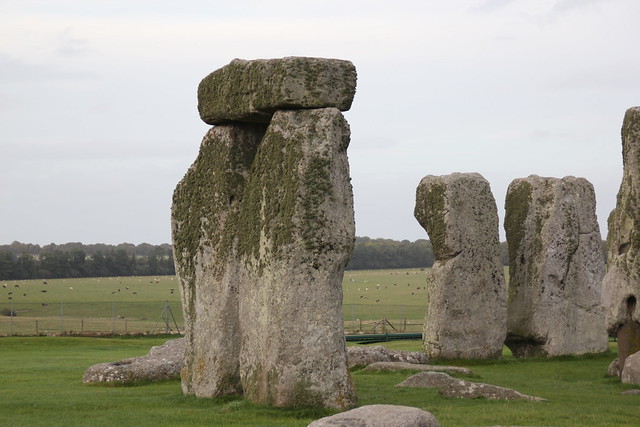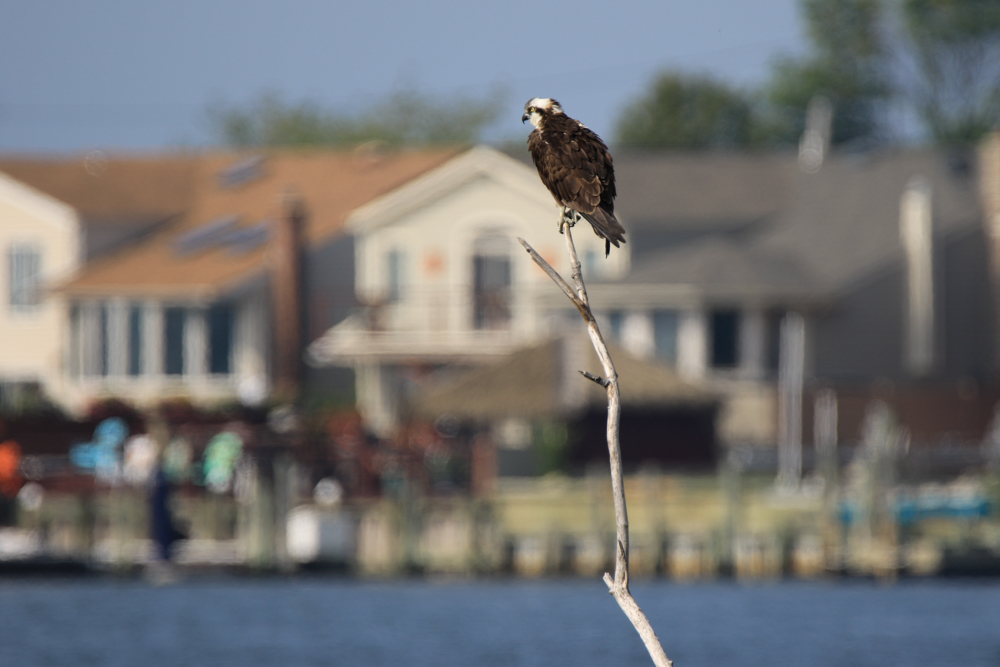I've visited a few countries with long histories. On each trip, the focus naturally tended to be just on the development of that particular country and culture. But I thought it would be interesting to weave together their milestones, represented by distinguished buildings in this post. For me at least, it resulted in a rarely comprehended, cosmopolitan view into humankind's overall development and history.
This is, of course, a small slice of that view - focused only on buildings, and showing only the sights and places from my own trips.
14. San Antonio missions
Originally founded in 1716 in what is now eastern Texas, the six missions were authorized by the government to serve as a buffer against the threat of French incursion into Spanish territory from Louisiana.
The most preserved one of the six is Mission Concepcion. This handsome stone church took about 15 years to build, and was dedicated in 1755. It appears very much as it did over two centuries ago.
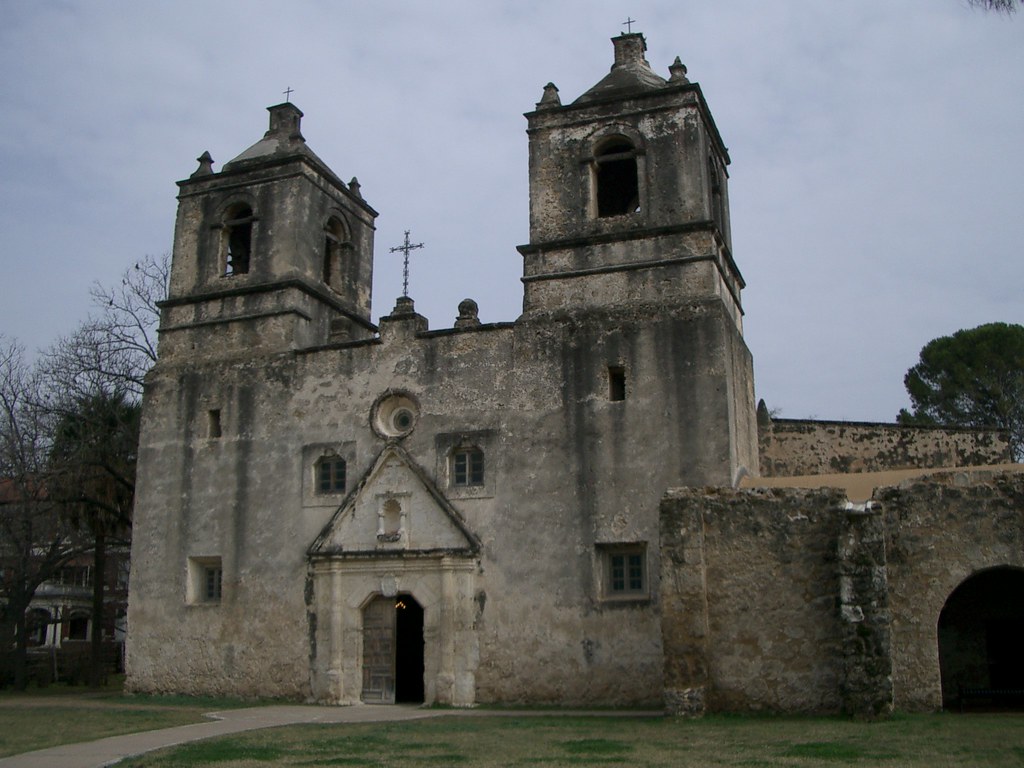
Mission San Jose:
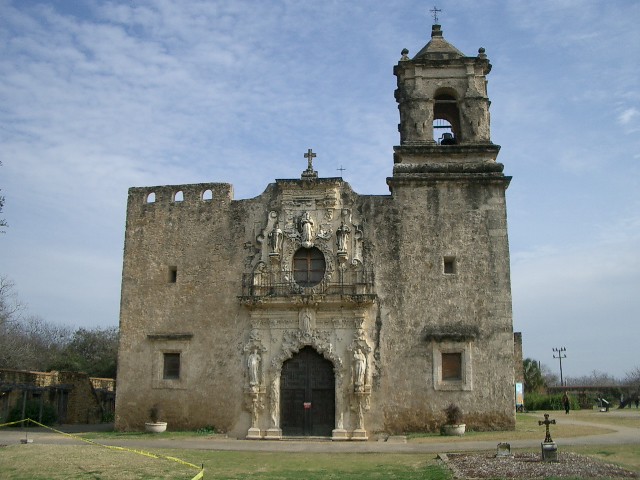
Mission Espada:
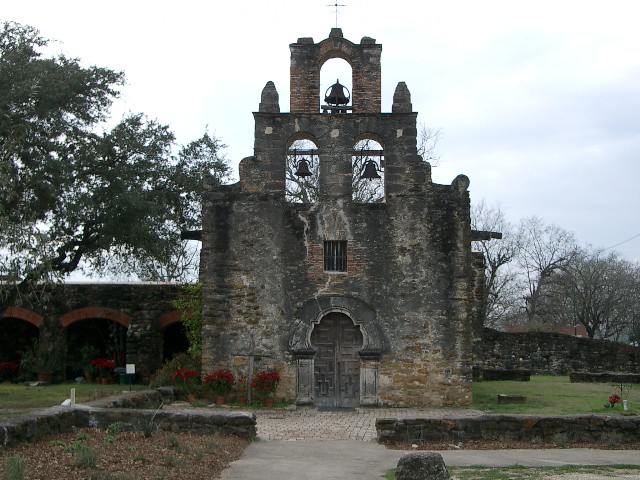 13. Jamestown Church
13. Jamestown Church
Constructed in brick from 1639 onward, in Jamestown, Virginia, the church one of the oldest surviving building remnants built by Europeans in the original thirteen colonies and in the United States overall. The current structure, active as part of the Anglican church, is still in use today.
 12. Florence Duomo
12. Florence Duomo
The next set of significant historical buildings are in Europe. Il Duomo di Firenze, as it is ordinarily called, was begun in 1296 and completed structurally in 1436 with the dome engineered by Filippo Brunelleschi - the first dome built after Pantheon's in 125 AD. The lantern on top of the dome was topped in 1469, using a crane specially designed by Leonardo da Vinci.
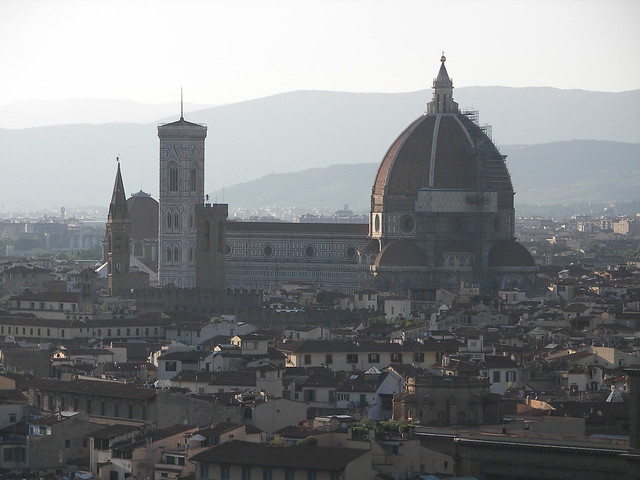 11. Norte Dame de Paris
11. Norte Dame de Paris
Notre Dame de Paris was the first of the mammoth Gothic cathedrals, started in 1163 during the reign of King Louis VII, and completed in 1345. In the period after the French Revolution, the cathedral fell into total disrepair, and was close to the point of being demolished. It was saved by Napoleon, who was crowned Emperor in it in 1804.
 10. Native American pueblos
10. Native American pueblos
The oldest buildings in America did not originate with European colonists. In the USA, the oldest extant structures are the Native American pueblos of the Southwest. The first one is called "Montezuma Castle", although it has nothing to do with the famous Aztec emperor. The cliff dwellings were built and used by the Sinagua people, between approximately 1100 and 1425. The main structure comprises five stories and twenty rooms.
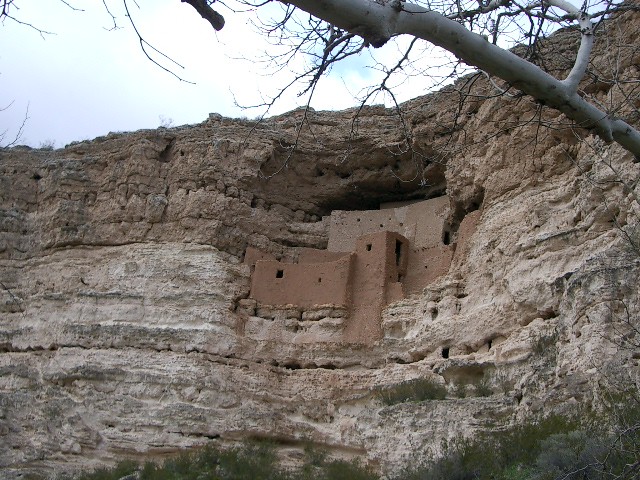
Wupatki Pueblo, near the Grand Canyon, is even older. Wupatki, which means "Tall House" in the Hopi language, is a multistory Sinagua pueblo dwelling comprising over 100 rooms and a community room and ball court, making it the largest building for nearly 50 miles. By 1182, approximately 85 to 100 people lived at Wupatki Pueblo, the largest building for at least fifty miles. But by 1225, the site was permanently abandoned.

This is the ball court:
 9. Mahabalipuram historic town, India
9. Mahabalipuram historic town, India
Moving from "Native Indians" to the real ones, the next set of buildings is a group of sanctuaries near Chennai, called the Five Rathas. Each one is carved out of a single granite rock. Dating from the late 7th century, they were never consecrated because they were never completed following the death of the king who commissioned them.

Each sanctuary consists not only of the main building, but also includes a of a sacred animal associated with it:
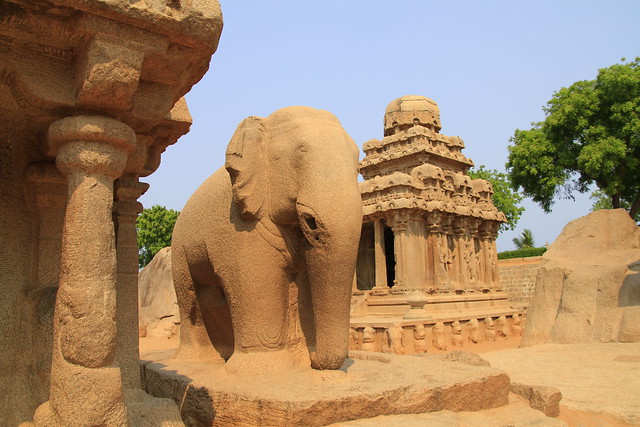 8. Dome of the Rock
8. Dome of the Rock
The Dome of the Rock was initially completed in 691 AD. Its architecture and mosaics were patterned after nearby Byzantine churches and palaces, although its outside appearance has been significantly changed in the Ottoman period and again in the modern period. The golden dome was originally actually made from gold - but today it's aluminum covered by gold leaf.
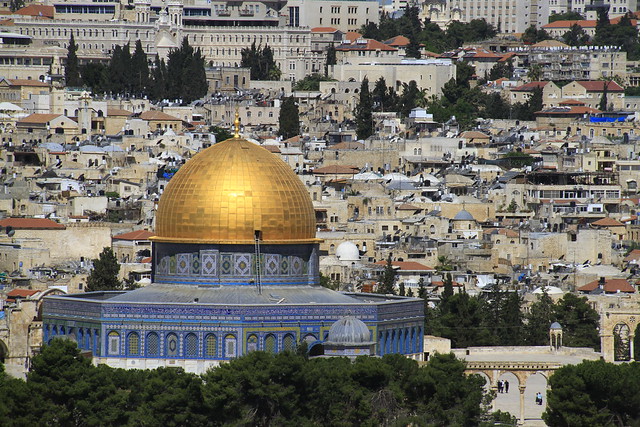 7. Chichen Itza, Mexico
7. Chichen Itza, Mexico
Back in North America, the Mayan city of Chichen Itza was already a major capital by the time the granite temples were being carved in India. It rose to regional prominence by year 600 AD. Its great courts and temples broadcasted its dominance of northern Maya lowlands (today's Yucatan peninsula) until the Spanish conquest in 1530's.
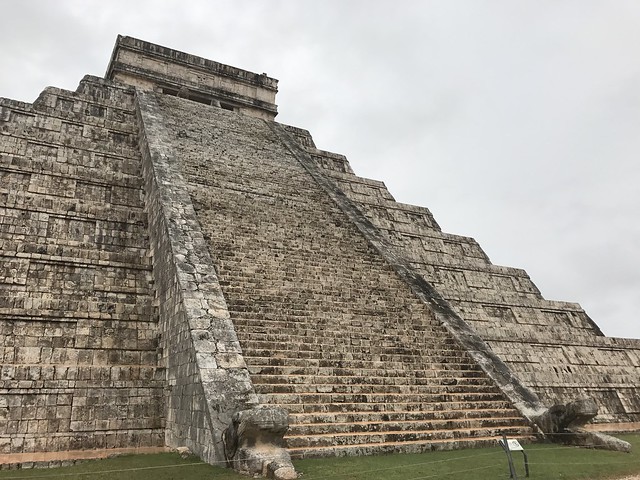
Columns in the Temple of a Thousand Warriors, with some of the only examples of vaulted ceiling surviving in the monument:
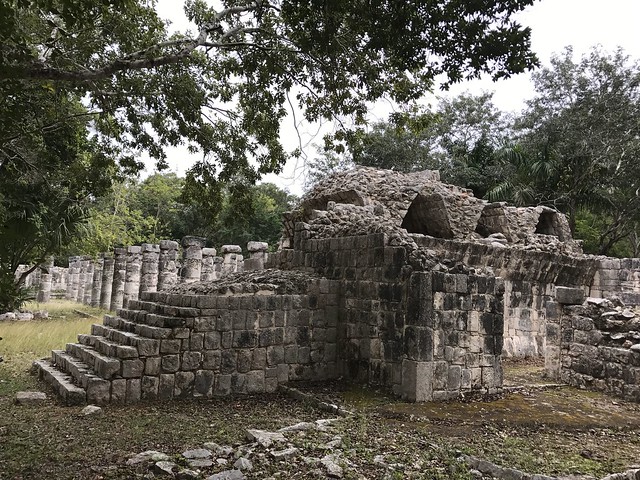 6. Coliseum
6. Coliseum
The Colosseum or Coliseum, also known as the Flavian Amphitheatre, is an oval amphitheatre in the centre of the city of Rome, Italy. Built of concrete and sand, it is the largest amphitheatre ever built. Construction began under the emperor Vespasian in 72 AD, and was completed in 80 AD under his successor and heir Titus. The name Colosseum has long been believed to be derived from a colossal statue of Nero nearby.
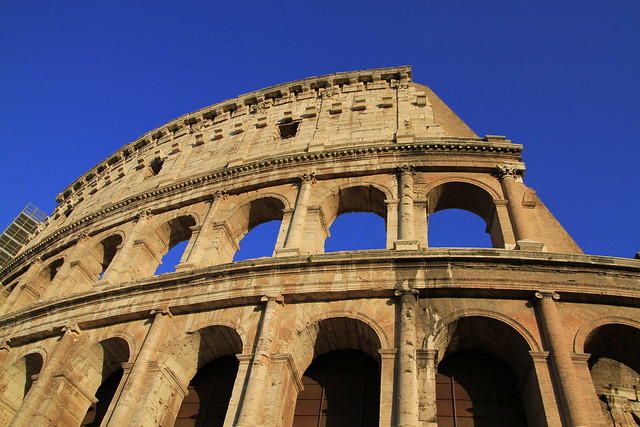
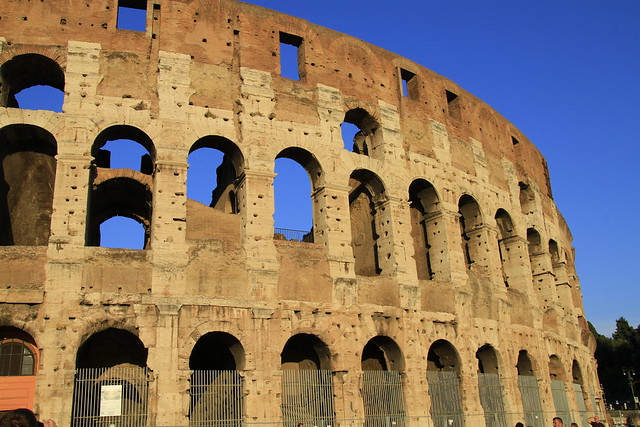 5. Pompeii
5. Pompeii
Pompeii was founded around the 7th-6th century BC by the Osci or Oscans, a people of central Italy. In 89 BC, it was annexed by the Roman Republic. Pompeii, along with Herculaneum and many villas in the surrounding area, was mostly destroyed and buried under 4 to 6 m (13 to 20 ft) of volcanic ash and pumice in the eruption of Mount Vesuvius in 79 AD.
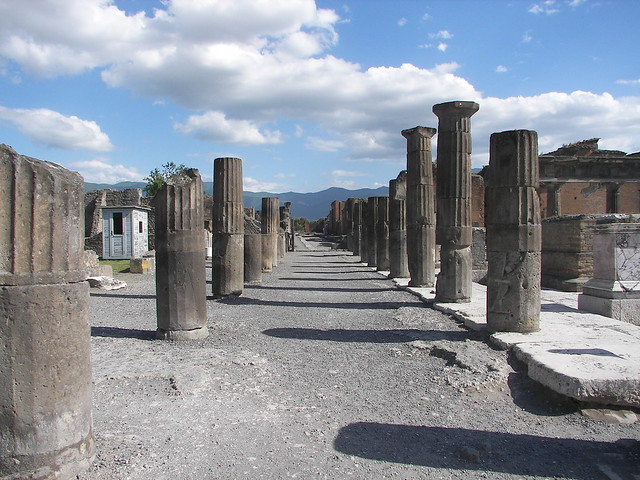
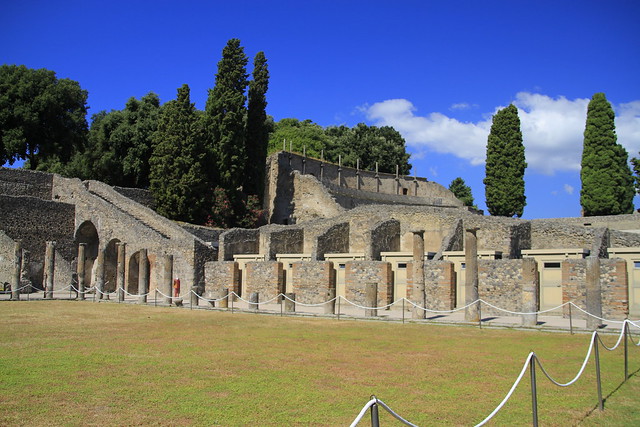 4. Western Wall in Old Jerusalem / Arch of Titus in Rome
4. Western Wall in Old Jerusalem / Arch of Titus in Rome
The Western Wall was originally erected as part of the expansion of the Second Jewish Temple by Herod the Great around 19 BC. Herod's Temple was destroyed by the Romans, along with the rest of Jerusalem, in 70 AD.

In Rome, the Arch of Titus, constructed around 81 AD, depicts the spoils taken from the Temple in Jerusalem. The golden candelabrum or Menorah is the main focus of the south panel on the inside of the arch.
 3. Petra
3. Petra
Petra was established possibly as early as 312 BC as the capital city of the Arab Nabataeans. The Nabataeans were nomadic Arabs who took advantage of Petra's proximity to regional trade routes to establish it as a major trading hub.
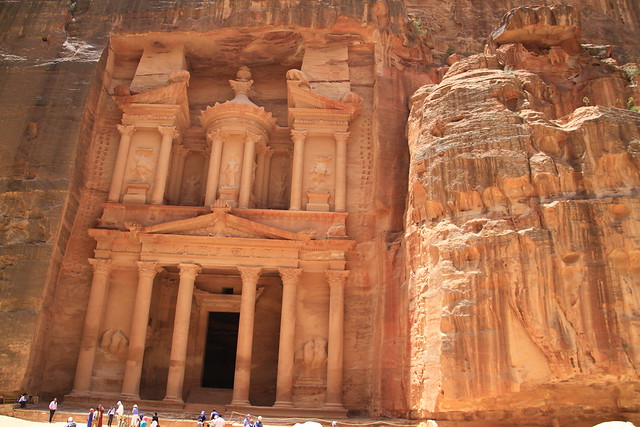
Later, Petra declined rapidly under Roman rule, in large part from the revision of sea-based trade routes. In 363 AD an earthquake destroyed many buildings, and crippled the vital water management system.
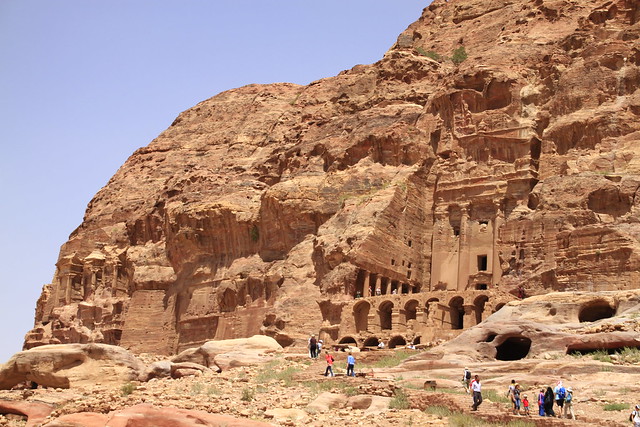 2. Forum Romanum
2. Forum Romanum
These columns are the remains of the Temple of Saturn. It represents the oldest-surviving foundation in the Roman Forum, having been established between 501 and 498 BC. It was also called "Aerarium", because the Roman national treasure was kept there.
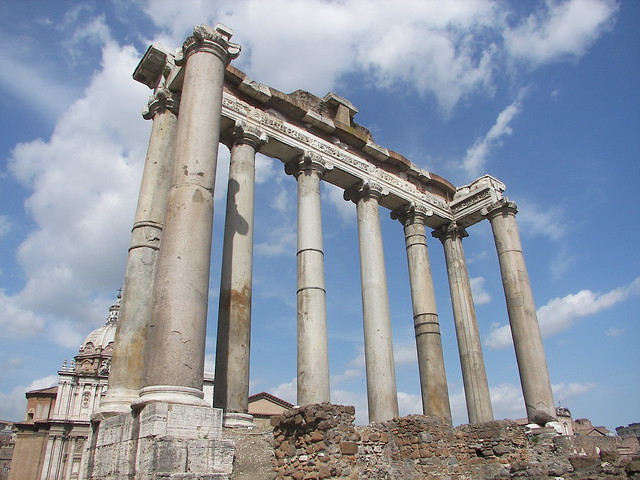
The three columns on the left of this picture is all that remains of the temple of Castor and Pollux. Also one of the oldest structures in the Roman Forum, it was originally built in gratitude for victory at the battle of Lake Regillus (495 BC). In republican times the temple served as a meeting place for the Roman Senate, and from the middle of the 2nd century BC the front of the podium served as a speaker's platform.
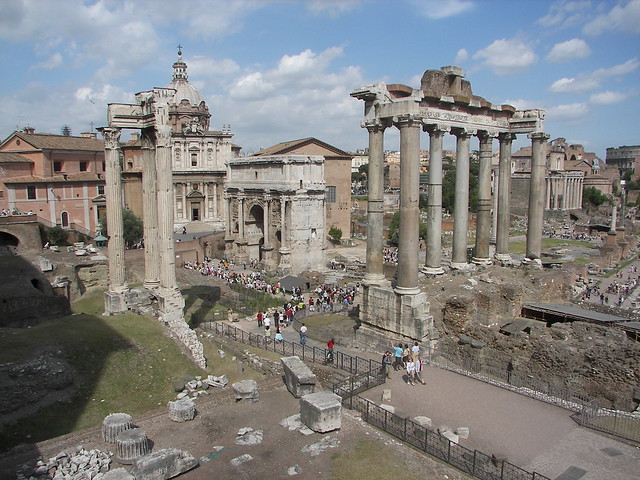 1. Stonehenge
1. Stonehenge
Archaeologists believe it was constructed from 3,000 BC to 2,000 BC. Radiocarbon dating suggests that the first bluestones (the inner ring of stones) were raised between 2,400 and 2,200 BC. Some of the volcanic bluestones in the inner ring of Stonehenge match an outcrop in Wales about160 miles away!

By contrast, the sandstones (outer ring) were carted from a quarry "only" 20-30 miles away in England.
